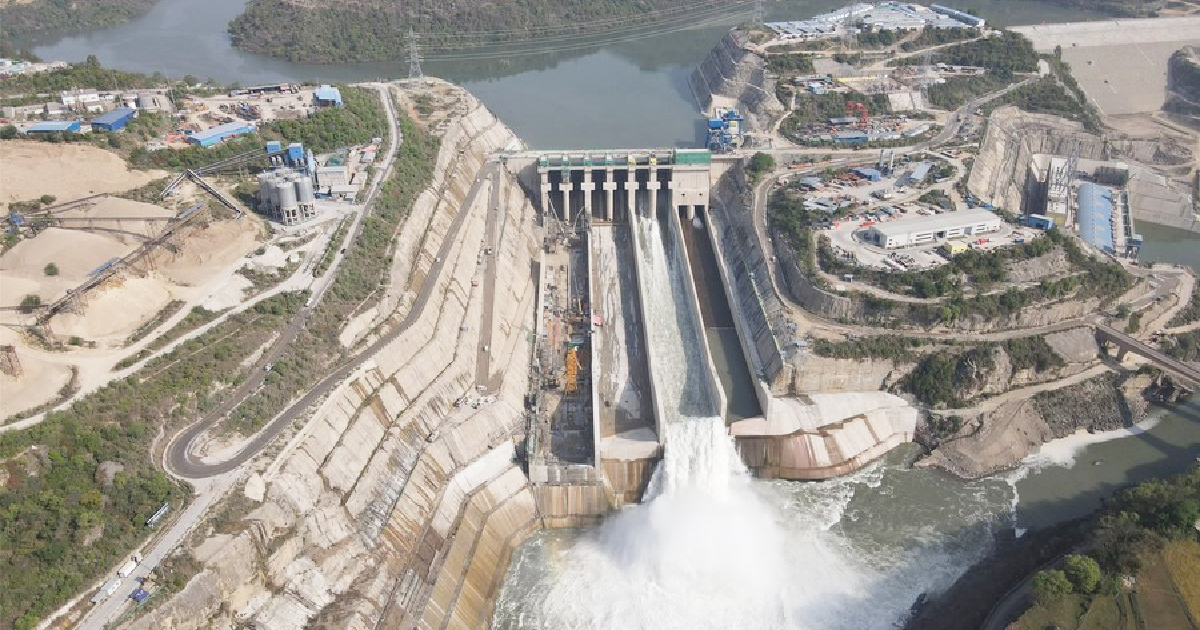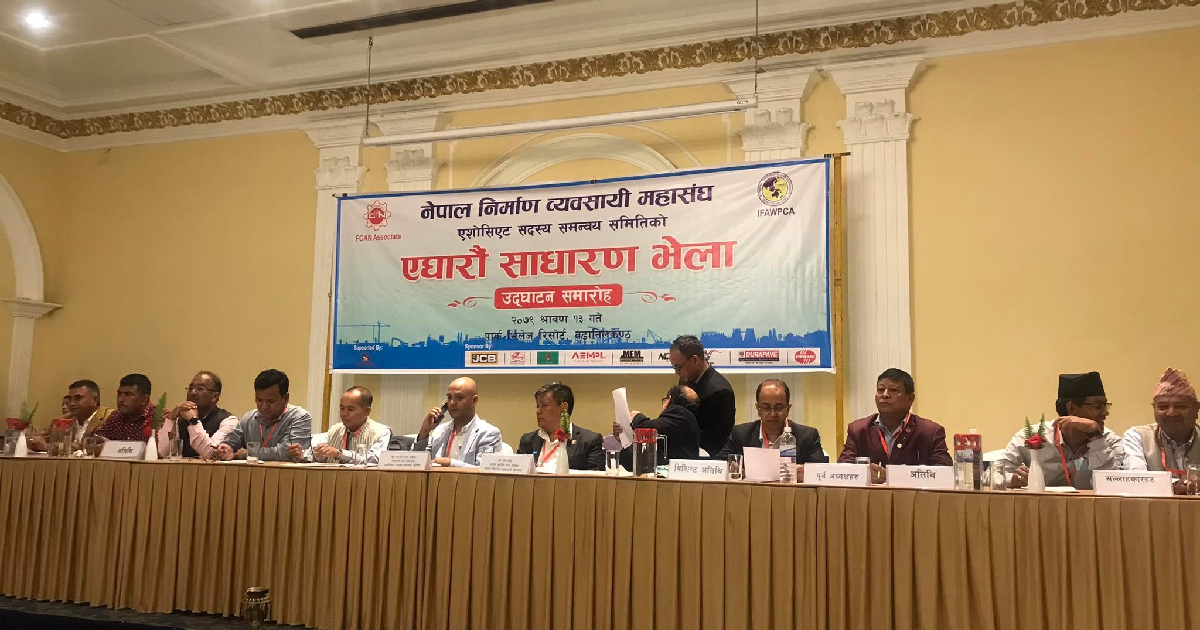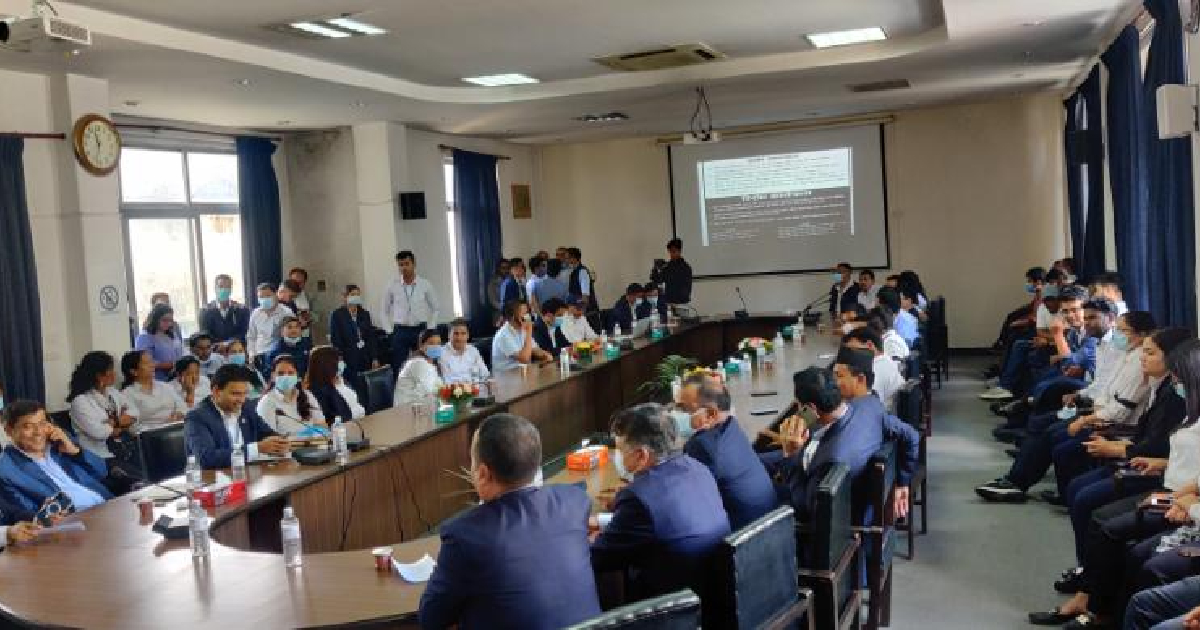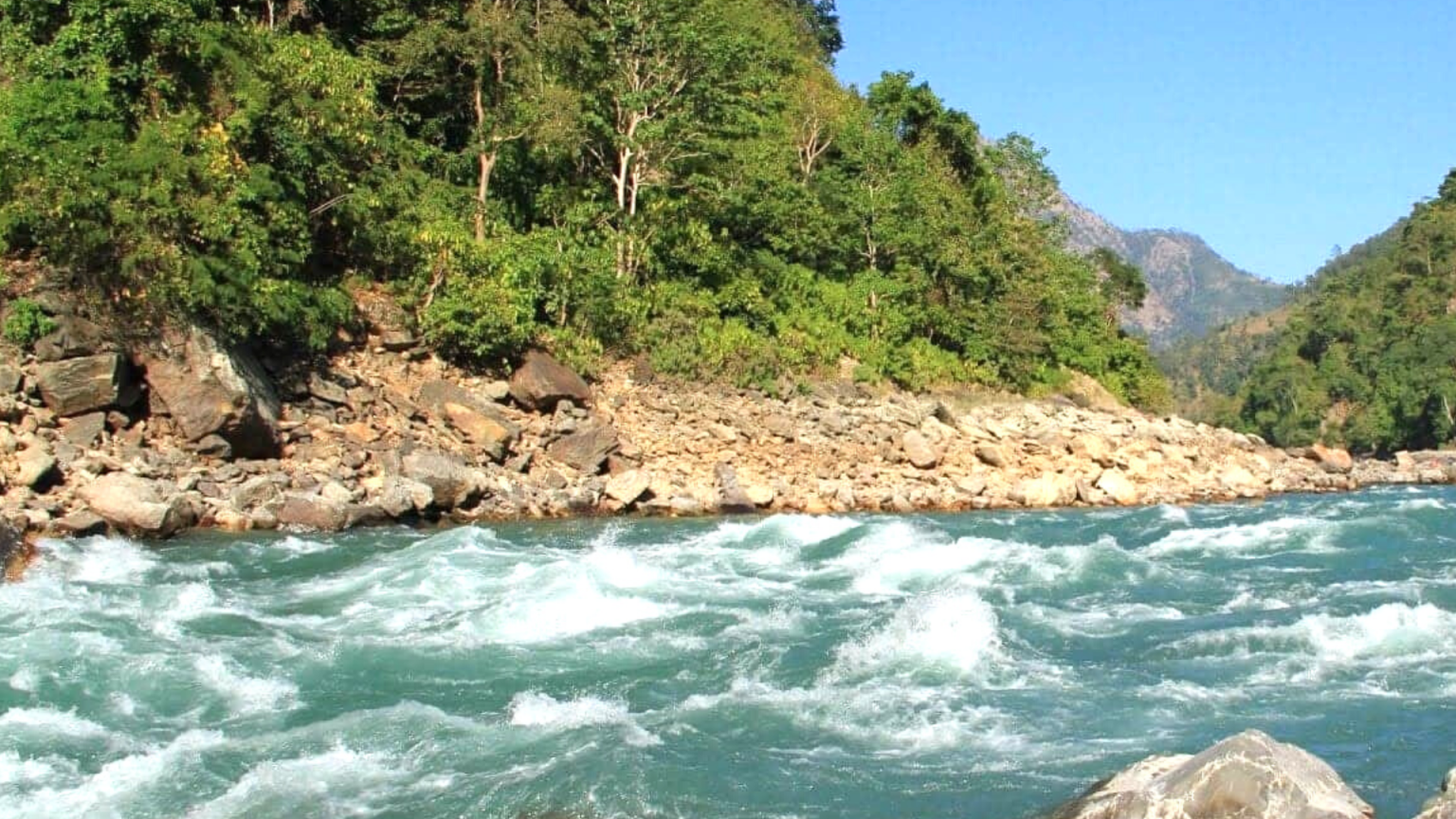

The word ‘Q’ is widely used in hydropower development which refers to the ‘design discharge’ of the project. It denotes the speed of water flowing per second from the particular project.
For example, in a river, the speed of water in the dry season is 10 meters per second, and if the same amount of water is available in 12 months, it becomes Q 100 meters. If the specified capacity is available only for 6 months, it means Q50.
If a project was designed in Q50, it would run at total capacity for 6 months. If shifted from Q40 to Q30, the production capacity almost doubles. If the same Q 40 comes to 60, it will decrease by almost 50 percent. Nepal’s largest hydropower project 900 Arun-3 which is designed for Q 30, will have a capacity of 600 MW if operated under Q40.
Hydropower projects are designed factoring in the availability of waters and generation plans are made accordingly based on the Q. In recent years, most of the projects have been studied based on Q40, and permission is given by the Department of Electricity Development (DoED). Generally, if Q decreases, the capacity of the project to generate electricity for a specific time will increase and vice versa. The Q is designed to be between 40 and 45 to balance the electricity demand and supply during the dry season. The Q-based design is applied in Run-of-River (ROR) and Picking-Run-of-River (PROR).










